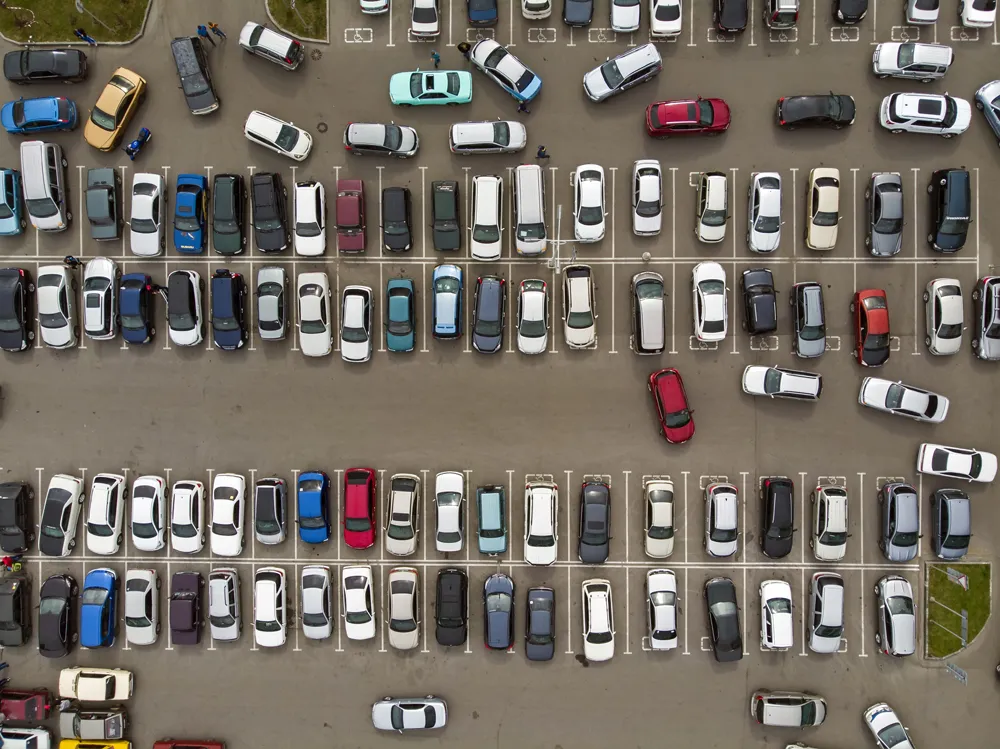Newpark Solutions has been awarded a major contract to install the latest Fusion ticketless pay-on-foot parking system at over 40 woods and forests across the UK managed by the Forestry Commission. The first two installations have already been completed to handle over 1000 car parking spaces situated at Alice Holt, a Royal forest in Hampshire, and Moors Valley Country Park in Dorset.
The Forestry Commission charges for vehicle access within these forests to supplement government funding and assist with
August 24, 2016
Read time: 2 mins
Newpark Solutions has been awarded a major contract to install the latest Fusion ticketless pay-on-foot parking system at over 40 woods and forests across the UK managed by the Forestry Commission. The first two installations have already been completed to handle over 1000 car parking spaces situated at Alice Holt, a Royal forest in Hampshire, and Moors Valley Country Park in Dorset.
The Forestry Commission charges for vehicle access within these forests to supplement government funding and assist with the maintenance costs of the woodland facilities where a wide range of activities take place throughout the year.
The Fusion system uses ANPR cameras at the entrance to each car park, automatically raising the barriers and eliminating the need for drivers having to wait for tickets to be dispensed. A virtual ticket is created upon entry and is used to allow the vehicle to leave by automatically raising the exit barrier after payment has been made.
The pay stations have been installed in purpose-built timber shelters to blend in with the natural surroundings in each location and protect drivers from the elements when paying for their parking before departure. They feature large 17-inch screens that allow visitors to quickly and easily input registration numbers even when wearing gloves or prosthetic devices. Online payments can also be made through Newpark’s hosted platform before departure.
Newpark Solutions has also provided the Forestry Commission with a centralised parking management application with a real-time dashboard showing instant views of each car park, detailing all movements and payments. It includes analytics that provide insight to help plan future events and identify peak periods to organise staff rotas in visitor centres.
The Forestry Commission charges for vehicle access within these forests to supplement government funding and assist with the maintenance costs of the woodland facilities where a wide range of activities take place throughout the year.
The Fusion system uses ANPR cameras at the entrance to each car park, automatically raising the barriers and eliminating the need for drivers having to wait for tickets to be dispensed. A virtual ticket is created upon entry and is used to allow the vehicle to leave by automatically raising the exit barrier after payment has been made.
The pay stations have been installed in purpose-built timber shelters to blend in with the natural surroundings in each location and protect drivers from the elements when paying for their parking before departure. They feature large 17-inch screens that allow visitors to quickly and easily input registration numbers even when wearing gloves or prosthetic devices. Online payments can also be made through Newpark’s hosted platform before departure.
Newpark Solutions has also provided the Forestry Commission with a centralised parking management application with a real-time dashboard showing instant views of each car park, detailing all movements and payments. It includes analytics that provide insight to help plan future events and identify peak periods to organise staff rotas in visitor centres.









